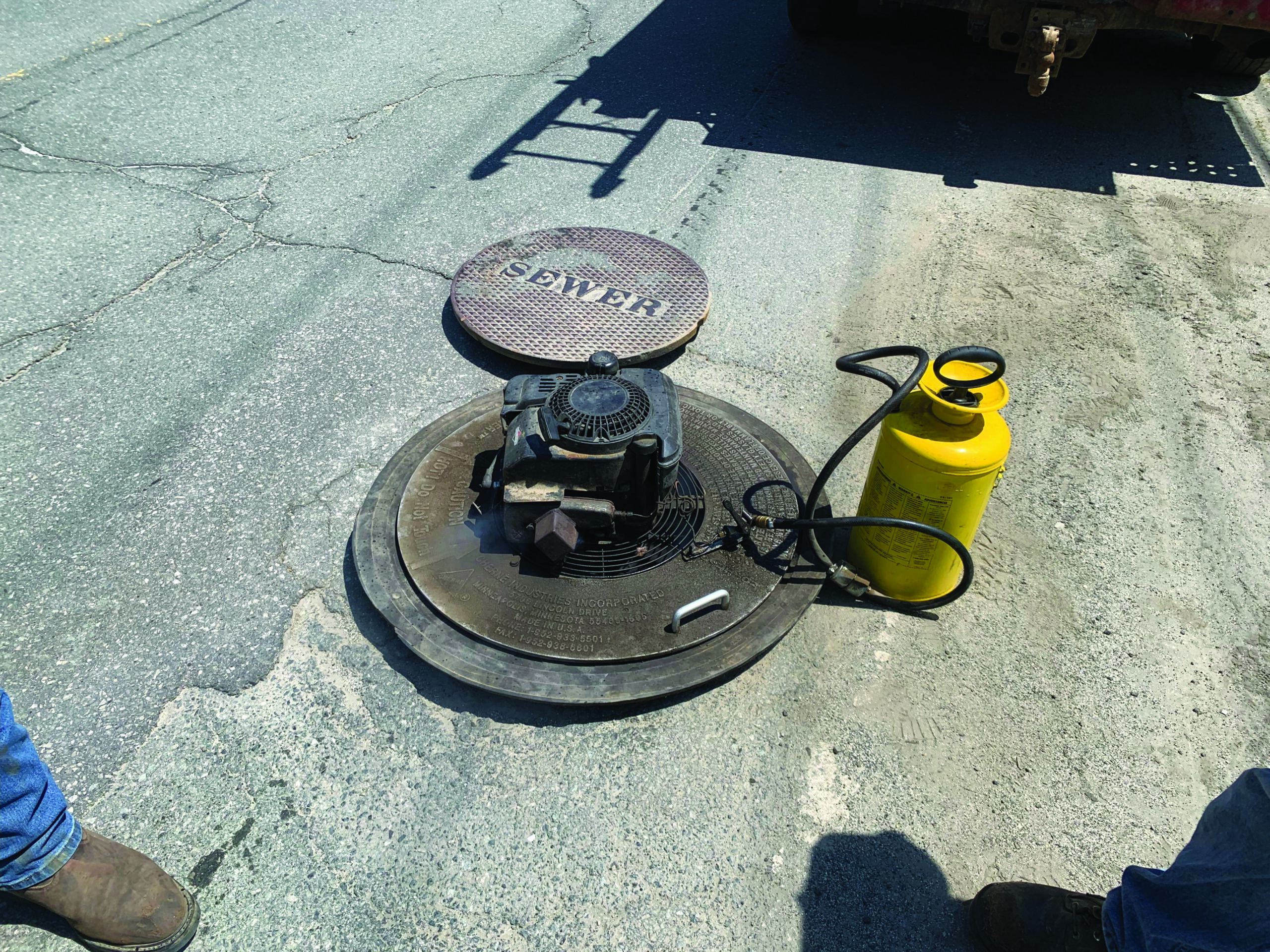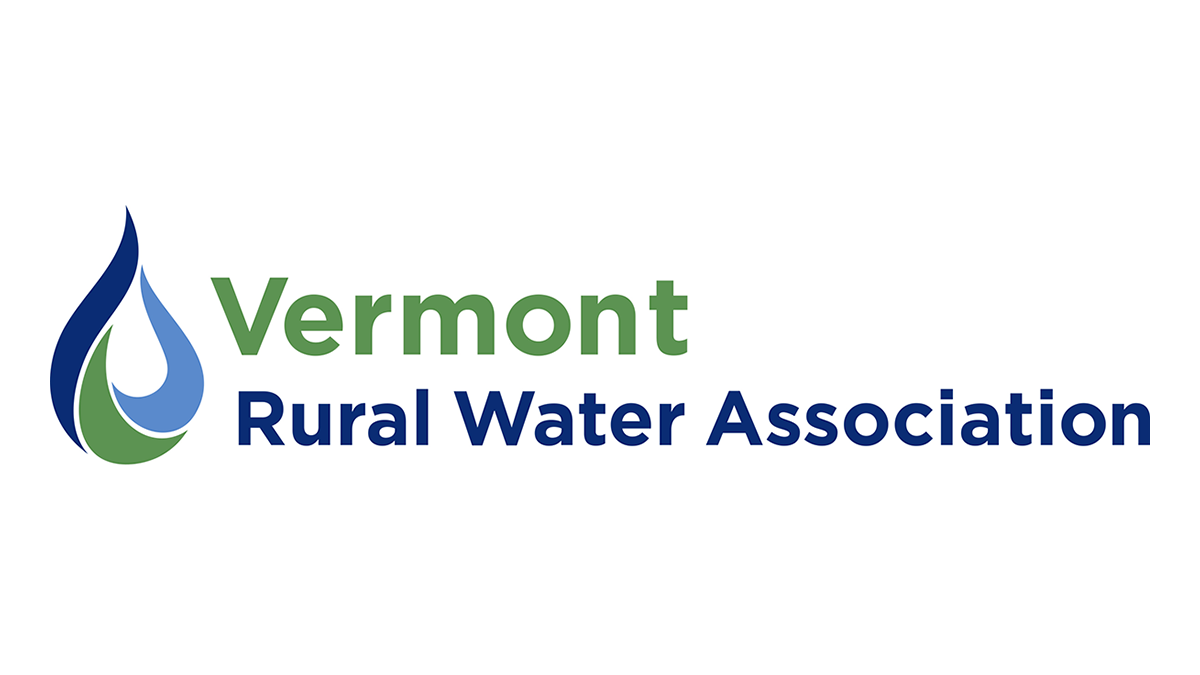by Wayne Graham
This article was published in the winter 2023-2024 issue of our newsletter.
This is the second in a series of articles in which I will discuss cost effective ways of reducing inflow and infiltration to wastewater facilities. This is a timely discussion given our wet summer and the recent devastating flooding.
Let’s review some definitions, which come from Operation of Wastewater Treatment Plants, Volume 1. Inflow is “water discharged into a sewer system and service connections from sources other than regular connections. This includes flow from yards, drains, foundations, and around access and manhole covers.”
Infiltration is “the seepage of groundwater into a sewer system, including service connections. Seepage frequently occurs through defective or cracked pipes, pipe joints and connections, interceptors access risers and covers, or manhole walls.”
The book further clarifies, “Inflow differs from infiltration as it is a direct discharge into the sewer rather than a leak in the sewer itself.”
Inflow from Drains
Homes and businesses often have roof drains or gutters to collect rainfall and sometimes have perimeter drains to deal with unwanted surface or groundwater. Unfortunately, sometimes these drains are connected to sewer lines, which means this water is sent to wastewater facilities. This results in extra inflow, which is taxing on both the collection system and the treatment facility.
For example, a one-inch rainstorm on a 1,000-square foot flat roof delivers over 6,000 gallons to the building’s roof drain system. It does not take very many of these roof drains connected to sewer lines to have a large impact on your wastewater facility.
Wastewater facilities will need to use extra electricity and chemicals to treat this unnecessary inflow, and the high volume of water can affect the efficiency of the treatment process.
This inflow is a waste of valuable facility capacity and can restrict the number of future hookups the facility can accommodate, therefore restricting growth of the community. A wastewater facility may undergo unnecessary upgrades to increase capacity because it is overwhelmed by inflow and infiltration. This is a huge waste of money, effort, and resources.

In smoke testing, a blower is used to put non-toxic smoke down the sewer.

Smoke can be seen coming out of a flat roof drain that is connected to the collection system.
Finding Inflow Sources
There are two relatively simple methods of identifying inflow sources like roof and perimeter drains. Smoke testing of collection systems, using a non-toxic smoke-generating liquid, is a very fast way of identifying suspected inflow sources. The smoke is inserted into the sewer through a manhole using a powerful blower. If you see smoke coming from a roof or perimeter drain, it means that drain is connected to the sewer.
Another method, dye testing, involves pouring a liquid dye down a suspected source of inflow and observing likely receiving points such as sewer manholes and stormwater infrastructure to see if the dye appears. Both smoke testing and dye testing are simple and proven tools for wastewater personnel.
Remediation
Once you have identified improperly connected roof and perimeter drains, there are several ways to advocate for them to be fixed (and to prevent them in the first place):
Education: Many homeowners and businesses do not realize the problems they are causing by allowing these drains to discharge into their sewer lines. Educational mailings, billing inserts, door hangers, and newspaper notices are all ways of informing the community about improper connections. Many residents who learn that they pay for these wasteful flows through sewer rates and taxes will voluntarily fix the problem.
Ordinances: Most communities have sewer ordinances that regulate illegal connections such as roof drains and perimeter drains. Enforcing the sewer ordinance is sometimes necessary.
Plumbers: Visit your local plumber(s) to remind them about proper drainage connections.
Getting the word out in your community about drainage connections and doing periodic smoke testing may yield surprising results for your wastewater collection system and treatment plant. For assistance with inflow and infiltration in your community, contact Vermont Rural Water.

